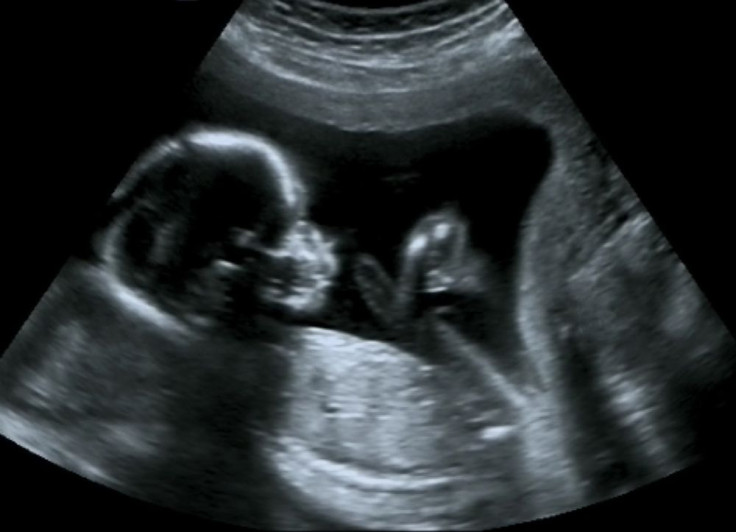Ultrasounds Fail To Change Womens' Minds About Abortion; How Abortion Rights Are Mostly The Same 41 Years After Roe v. Wade

Conservative provisions to hinder abortion have been tacked on to abortion laws throughout the country for years now, but despite their efforts, it seems at least one may not be working, according to a new study. Published in the journal Obstetrics & Gynecology, the study found that more than 90 percent of women seeking abortions were confident that they wanted to follow through with it, even after getting an ultrasound.
Since the 1990s, state abortion laws began implementing mandatory ultrasounds before a procedure based on the belief that they “personify the fetus and dissuade a woman from obtaining an abortion,” according to the Guttmacher Institute, a non-profit organization that specializes in reproductive health research. At the moment, seven states mandate ultrasounds and three require the provider to show the woman images, while 12 states require some kind of counseling or reading materials about accessing ultrasounds. For the Los Angeles Planned Parenthood involved in the study, an ultrasound did nothing to change their resolve.
Although California abortion law doesn’t require ultrasounds, all of the 15,575 women who sought abortions underwent one for the study. Before they had the ultrasound, they were asked to rate how sure they were about having the abortion. Then, they were asked to rate their confidence in their answer, for which 92.6 percent said they were highly certain — the remaining 7.4 percent rated their certainty at either medium or low, according to Jezebel.
The numbers barely changed after the women received the ultrasound, and even after they saw the images. Only 42.5 percent chose to view their ultrasound images. Of these women, 98.4 percent still went on to get an abortion. Meanwhile, 99 percent of the women who opted not to see the images had an abortion. Contrary to the belief that ultrasounds might quickly produce some kind of maternal bonding — in 90 percent of mothers and fathers, apparently — the results showed that women who were steadfast in having an abortion went through with it. The 7.4 percent who felt unsure about following through were also the ones who looked at their images, and decided not to have the procedure.
41 Years Of Roe vs. Wade: Abortion Is Harder To Obtain But Still Available
The requirement to undergo and view the images of an ultrasound is only one of many different ways conservatives have tried to circumvent the Supreme Court’s 1973 ruling in Roe vs. Wade — this week actually marks its 41st anniversary. Other provisions in abortion laws around the U.S. include mandatory counseling and waiting periods before abortions (Kansas and Ohio) and laws requiring doctors to have admitting privileges to hospitals close to clinics (Texas and Ohio), according to the Guttmacher Institute.
Yet, even though abortion regulation has gotten tighter in certain areas, and more difficult it more difficult to obtain, major efforts to limit availability have failed. Most importantly, all but nine states allow women to obtain abortions up to at least 24 weeks, which is the time that the Supreme Court ruled a fetus becomes viable. States that have tried to implement lower limits — most recently Arizona — have been blocked. Other states, such as Mississippi, North Dakota, and Alabama, that have tried to impose admitting privileges were also blocked from doing so, mainly on the basis of putting an undue burden on womens' ability to get an abortion. A North Carolina plan to have abortion providers describe the ultrasound image to the woman seeking the procedure was also blocked recently on the grounds that it violates constitutional free-speech rights.
In a statement marking the court case’s anniversary, President Obama said that “we must remember that this Supreme Court decision not only protects a woman’s health and reproductive freedom, but also affirms a broader principle: that government should not intrude on private matters,” according to The Huffington Post. “I remain committed to protecting a woman’s right to choose and this fundamental constitutional right.”
Source: Gatter M, Kimport K, Foster D, et al. Relationship Between Ultrasound Viewing and Proceeding to Abortion. Obstetrics & Gynecology. 2014.
Published by Medicaldaily.com



























